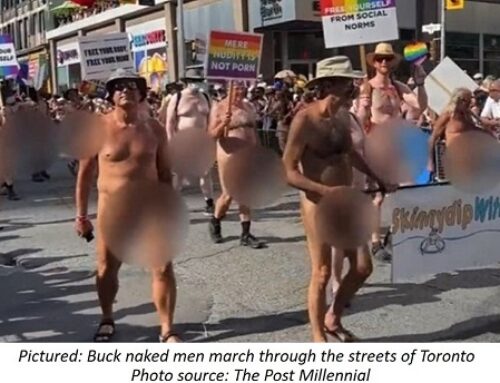Popular sociological jargon uses the term ‘role model’ frequently. Usually this refers to children and their need to identify with an appropriate adult. It occurs to me that adults too need their role models, and I suspect it is more appropriate to talk of heroes.
There is no finer example of contemporary heroism than Mother Teresa. Her love for all humanity shines so brightly that even reading about her leaves one feeling cleaner and more whole. She has the ability to affect for the better all those who come into personal contact with her.
Malcolm Muggeridge, in Something Beautiful for God, says “Just meeting her for a fleeting moment makes an ineffaceable impression. I have known people to burst into tears when she goes, though it was only from a tea party where their acquaintance with her amounted to no more than receiving her smile.” Mr. Muggeridge closes his book with “It will be for posterity to decide whether she is a saint. I only say of her that in a dark time she is a burning and a shining light; in a cruel time, a living embodiment of Christ’s gospel of love; in a godless time, the Word dwelling among us, full of grace and truth. For this, all who have the inestimable privilege of knowing her, or knowing of her, must be eternally grateful.”
Another who has been touched greatly by Mother Teresa is a British woman, Daphne Rae. Mrs. Rae’s autobiography, A World Apart, is to be published in Britain this summer. In a recent interview in the Telegraph Sunday Magazine, she explains that she did not write the book originally for publication. “I wrote the book to understand myself and my various attitudes a bit better,” she says. The book tells in part of her life as the wife of the headmaster of one of Britain’s foremost public (private to us in Canada) schools – Westminster, where pupil fees are about $8,000 a year.
There is, however, a very different dimension to Mrs. Rae’s life. Since 1979 she has been helping Mother Teresa in India. She took up this work because “the pressures of a largely artificial existence led me to the dying and the destitute overseas.”
After writing to Mother Teresa two years earlier and getting no reply, Daphne Rae finally packed two dresses, a pair of scissors, 50 kilos of thermometers and other medical supplies, donated by a supermarket chain, and took a plane to Calcutta. She has been going back there and to other parts of the Third World as often as possible, for up to three months a year, to work as a nurse.
When she is not physically there, she spends much time lecturing about the problems. As she says “when you are out there you realize that these people have absolutely nothing. I am just lucky because I have seen it.”
The interviewer, Andrew Duncan, tells of how she showed him a colour picture of an Indian with half his face eaten away by cancer. “This was taken in Delhi. It took us days to get the maggots out of his face. It was ghastly. Every time you got one, it would try to struggle down his throat. At the end he would just smile, and nod to say, “Thank you.” Now that man did me an enormous amount of good, just the very fact that he was showing love. To me that was fabulous. Absolutely fabulous.”
Very few of us can become another Daphne Rae. Most of us can, however, and should, try to follow her example of love and compassion by being a little kinder to those around us. To quote Mother Teresa herself, “We ourselves feel that what we are doing is just a drop in the ocean. But if that drop was not in the ocean I think the ocean will be less because of that missing drop.”In our own way, we can all put another drop in the ocean




